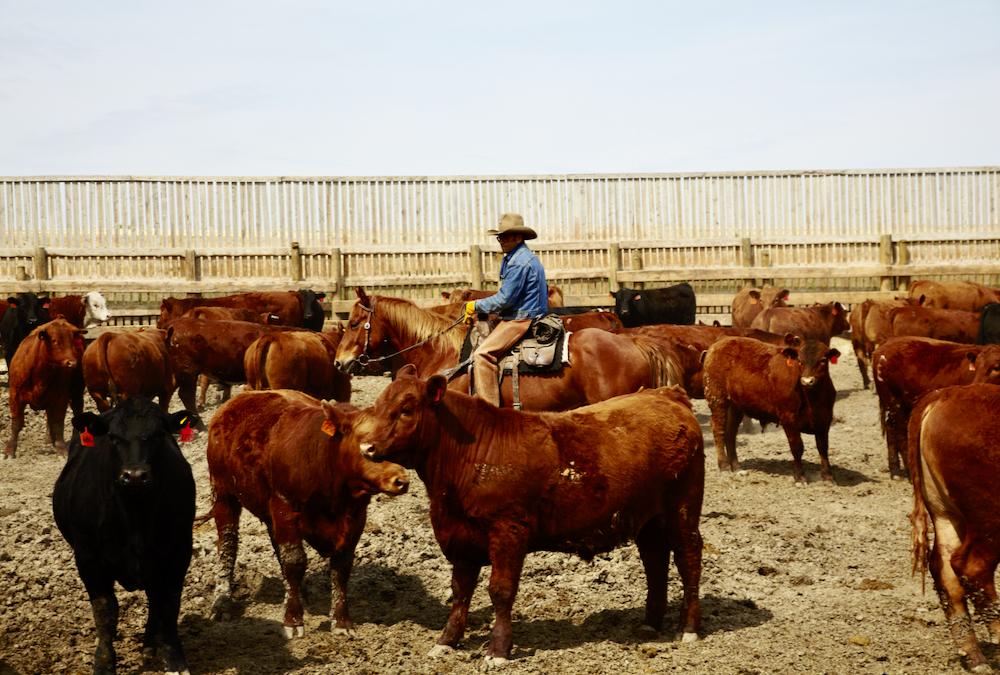Canada’s crush boom to benefit Aussie canola

Glacier FarmMedia—The future looks bright for Australia’s canola sector, according to a leading agricultural bank.
Commonwealth Bank of Australia is forecasting reduced competition from its main competitor and continued strong demand from its top export market.
Canada’s exports are forecast to decline due to rising domestic crush.
Canada has 14 crush facilities and 12.1 million tonnes of crush capacity. An additional 5.7 million tonnes of capacity are expected to be built by 2028, with a “large chunk” of that completed by 2026.
Read Also


U.S. livestock: Live cattle retreat on heavy supplies, weak cash market
Chicago Mercantile Exchange (CME) live cattle futures eased on Monday on ample supplies of market-ready cattle and expectations for flat to lower cash cattle sales this week, traders and analysts said.
“In order for Canadian crush facilities to be able to obtain enough canola, there will need to be a substantial decline in canola exports,” stated the bank.
Canada’s canola plantings peaked at 22.9 million acres in 2017-18. Commonwealth Bank assumes that will be the maximum acreage.
Yields are forecast to rise by 2.5 percent per year, resulting in about 22.5 million tonnes of production by 2030.
Canada is expected to crush more than 16 million tonnes of that domestically, which doesn’t leave much for export.
“The less Canada exports, the less there is for Australia to compete with in international markets, creating price support,” stated the bank.
Australia’s crush capacity is tiny by comparison at 1.3 million tonnes. Expansions and new construction would add 220,000 tonnes of capacity by 2025.
The country’s canola sector will remain highly dependent on the export market.
Australia’s canola production has averaged 5.9 million tonnes over the past three years, with 80 percent of that destined for overseas markets.
Europe has accounted for 62 per cent of Australia’s export volumes over the past five years. However, sales to markets such as Japan, China, Mexico, Pakistan and Saudi Arabia are on the rise.
The European Union crushed 26.3 million tonnes of canola in 2023. It produced slightly more than 10 million tonnes of oil, seven million tonnes of which were used for industrial purposes, primarily biofuel production.
The EU’s domestic production of the crop has stagnated due to policies designed to reduce pesticide, herbicide and fertilizer use by 2030.
That has resulted in substantial imports of the crop to help fuel the biofuel sector.
The gradual transition to electric vehicles is expected to cause EU biodiesel consumption to decline by 10 percent between 2025 and 2030, according to the Commonwealth Bank report.
However, the EU is phasing out the use of palm oil as a biofuel feedstock by 2030. Palm oil accounted for 23 per cent of feedstock use in 2023.
As a result, Commonwealth Bank is forecasting that the use of canola oil in the EU’s biofuel sector will rise to 8.2 million tonnes by 2030, up from seven million tonnes in 2023.
The bank believes the EU will import 7.5 million tonnes of Australian canola by 2030, up from the recent five-year average of 5.9 million tonnes.
That bodes well for the country’s farmers.
“Increasing demand for vegetable oil overseas is expected to keep the price of canola and canola oil elevated to 2030,” stated Commonwealth Bank.
—Sean Pratt writes for the Western Producer from Saskatoon
Source: Farmtario.com

